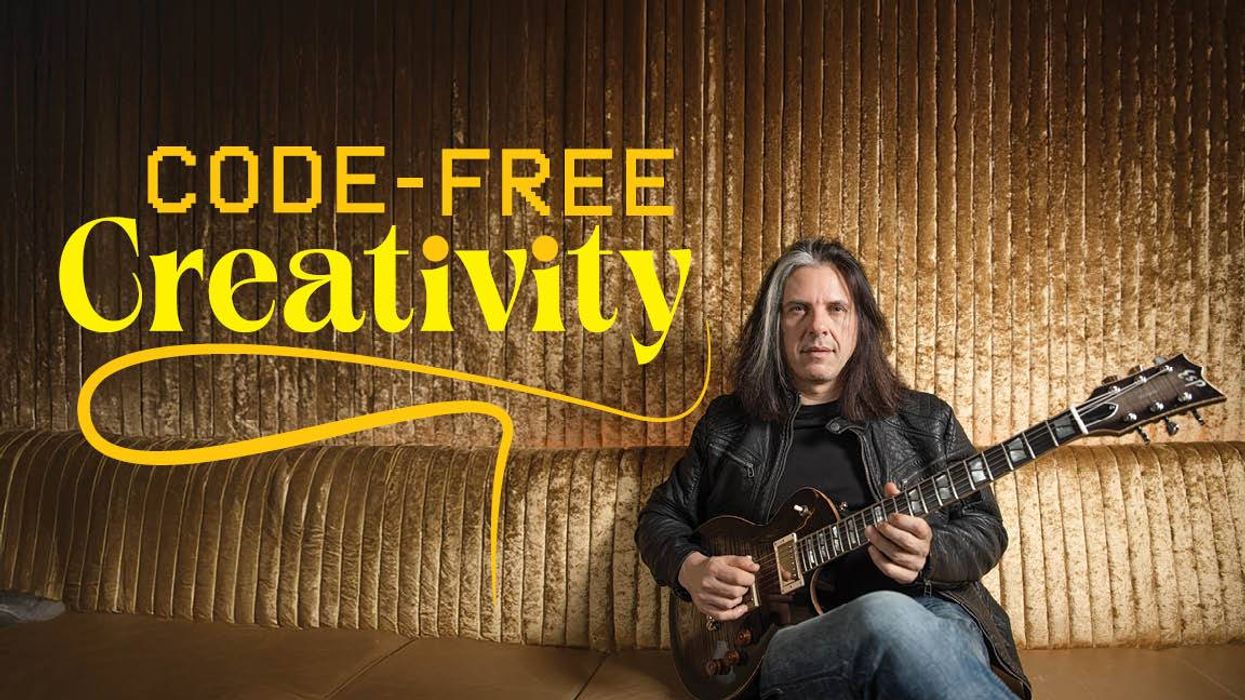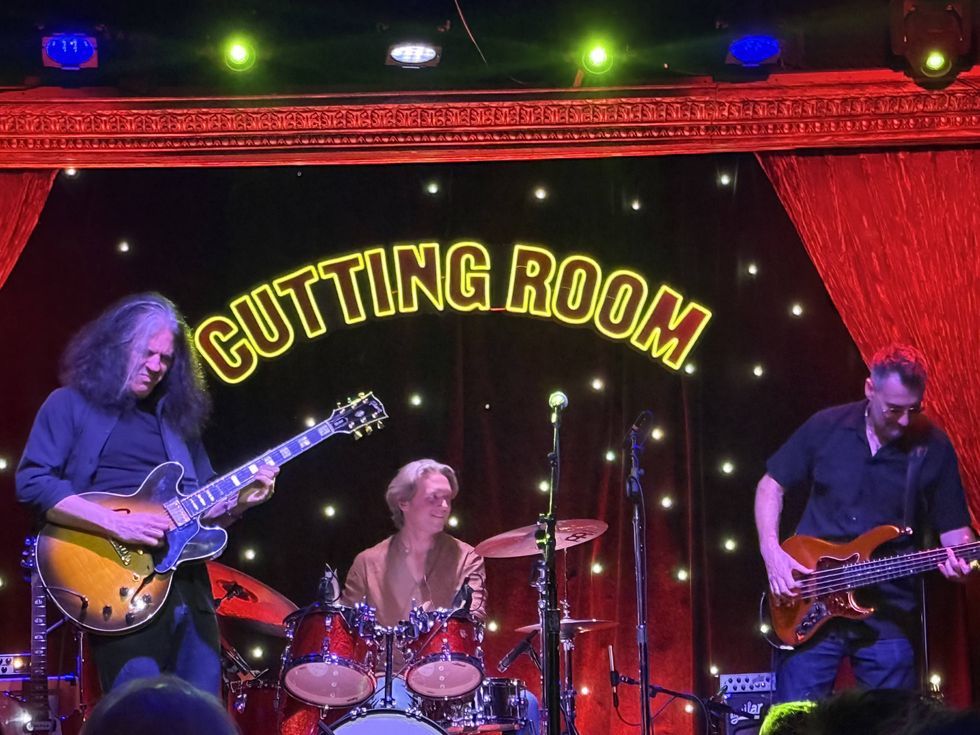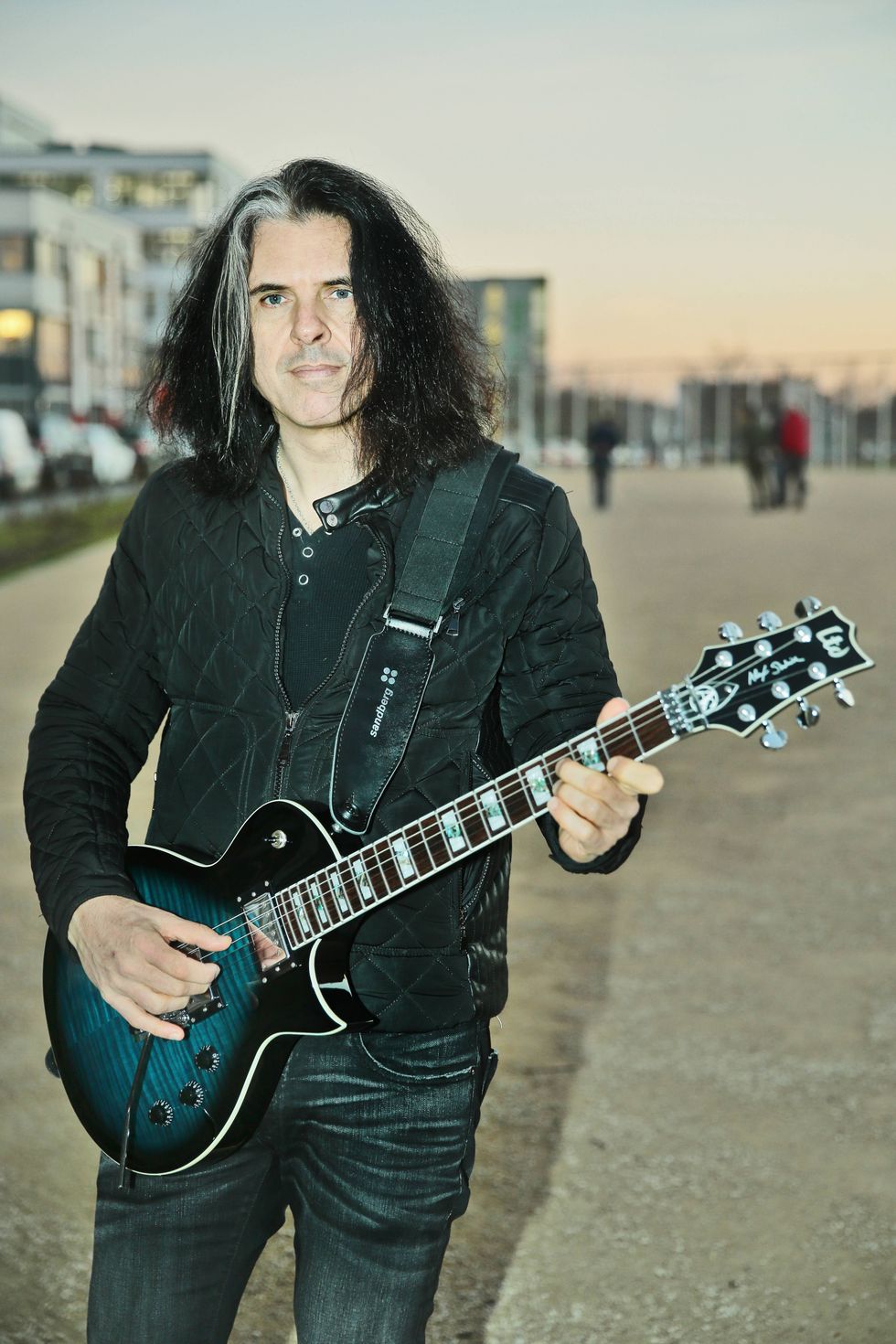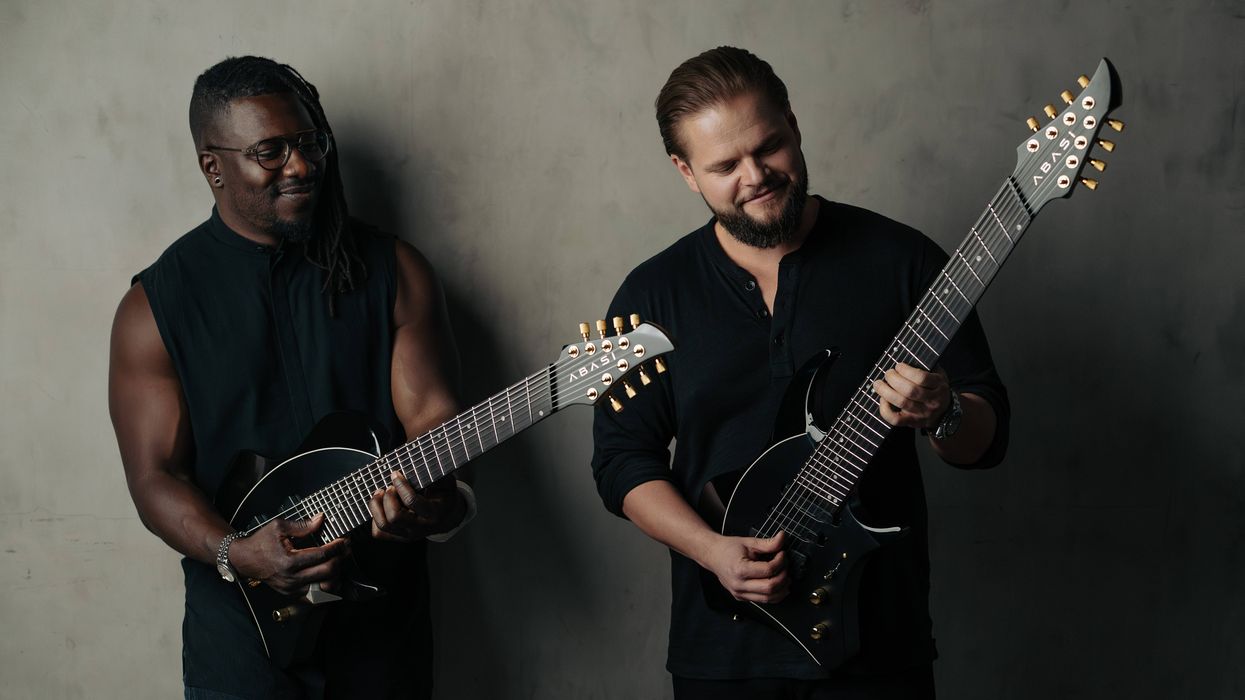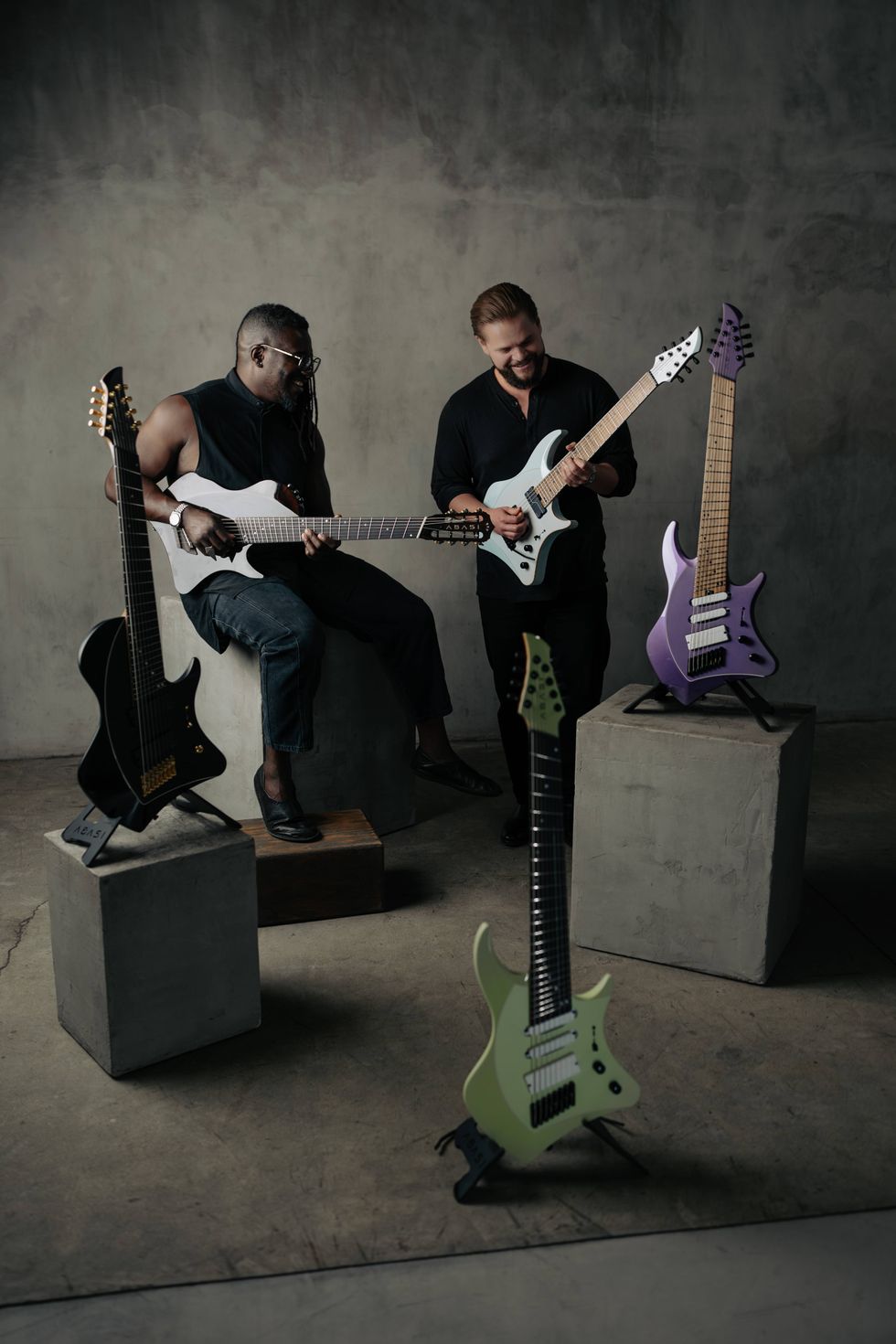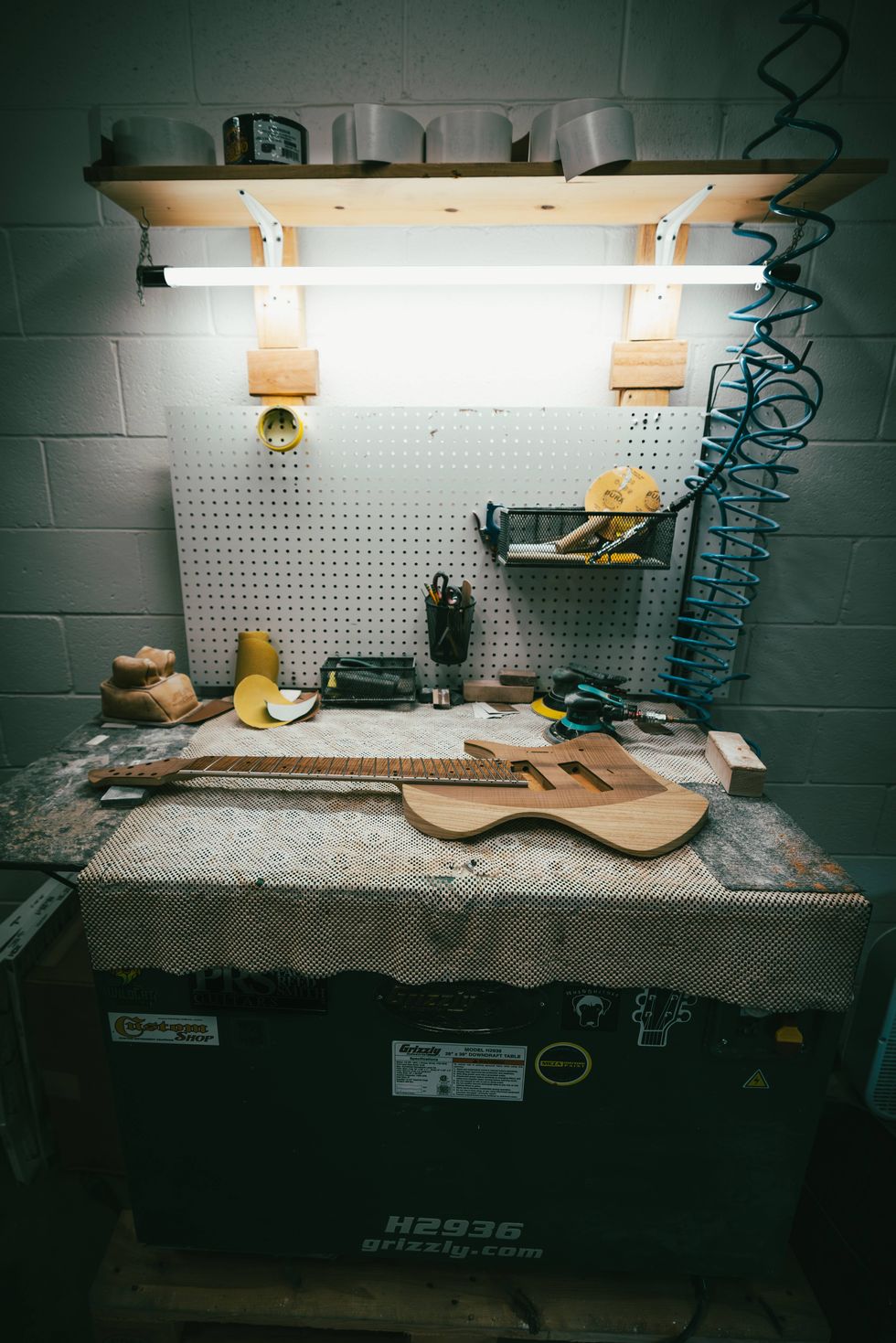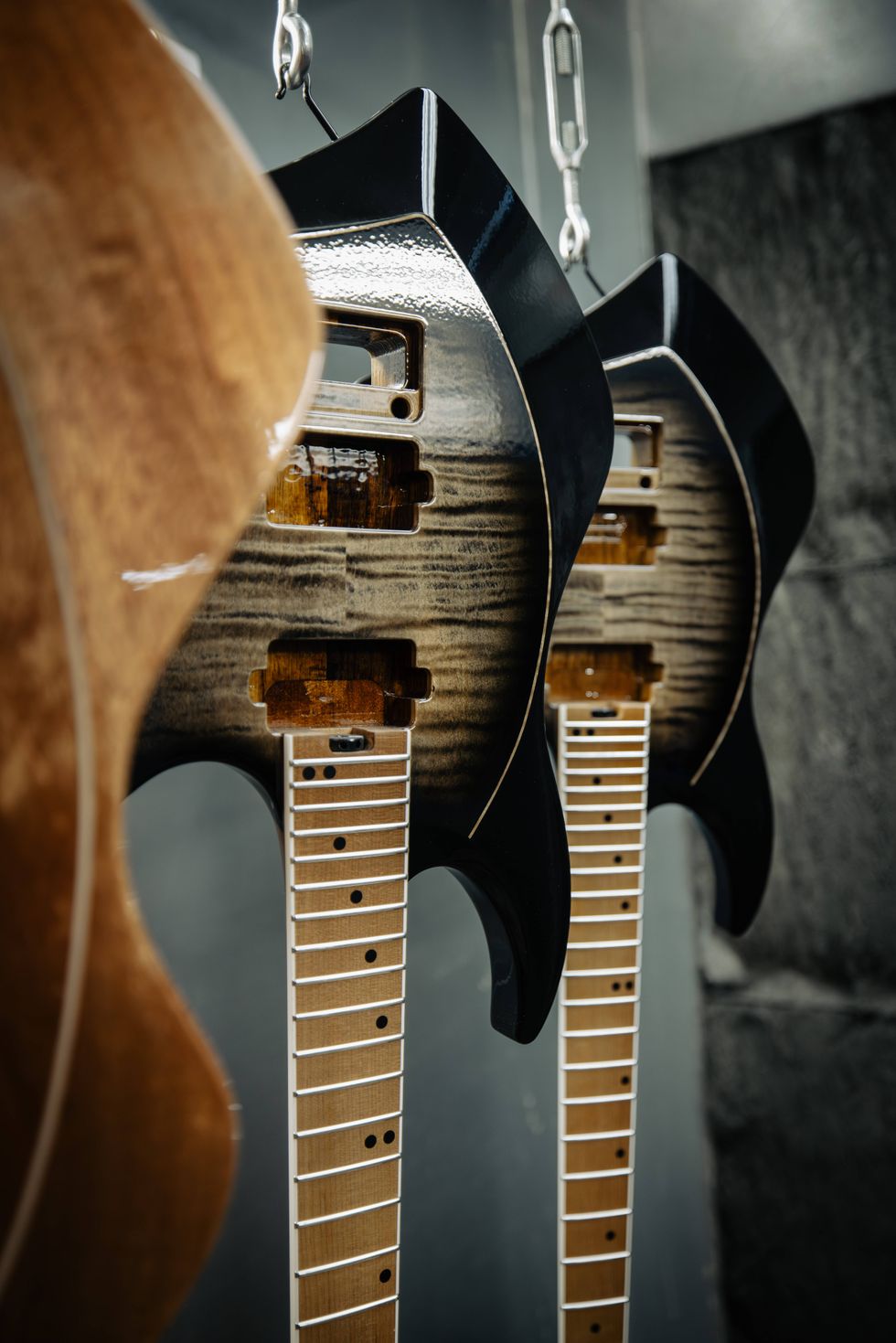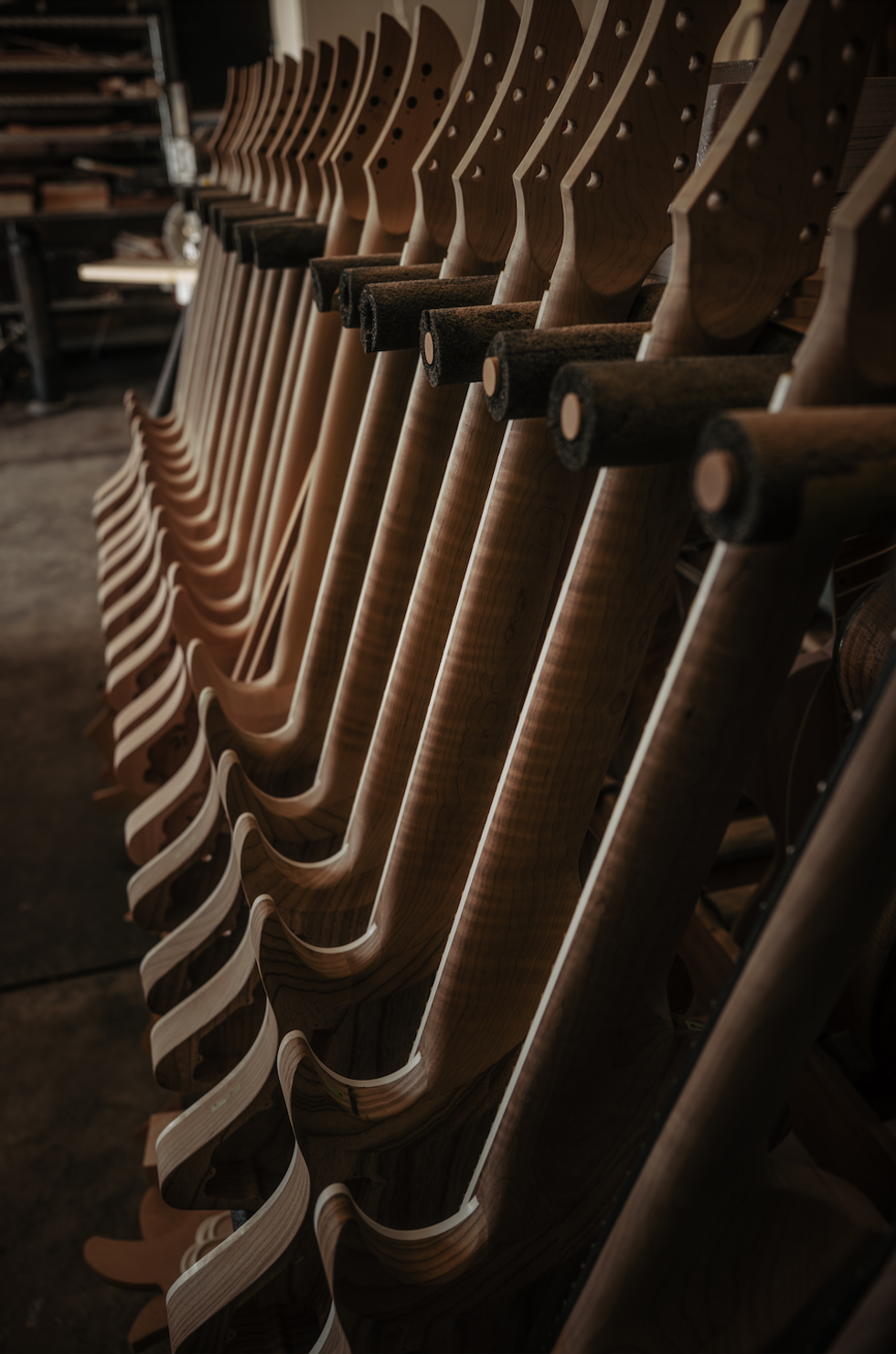It’s not often you get the kind of idea that wakes you up in the middle of a dream and makes you sit upright, but that’s exactly what happened to me in December 1991. It’s also the only time it’s ever happened to me.
I’d been approached by guitarist Tommy Shaw about the possibility of constructing a doubleneck instrument that was half-acoustic/half-electric. It was the era of the “power ballad,” when a song would begin with an acoustic-tinged intro and verse, which would then lead to the inevitable power-chord riffage that was engineered to saddle up the tune and ride it home. Most bands used acoustic guitars—often held on stands—before switching to electric. Tommy wanted to dispense with the switchover by building a single guitar that performed both tasks. He’d tried a piezo bridge on an electric, but the results were dismal, so the doubleneck concept was his solution.
At the time, I was working on a project for Ovation Guitars, called the Viper, that was basically a response to Gibson’s Chet Atkins solidbody acoustic. This guitar was a semi-hollow, Les Paul-sized guitar with a spruce top and an acoustic bridge fitted with the requisite piezo saddle. My first thought was to just graft a Viper together with a humbucker-loaded solid half to create a doubleneck.
I had been struggling with the design for a few days when I had my epiphany: “I could just put humbuckers on the Viper and control the output with a simple switch.” It seemed so perfect I wondered why I hadn’t thought of it sooner. I went back to sleep, and in the morning I called Tommy to tell him about the “dual” guitar idea. At first, he wasn’t so sure. I think that the doubleneck visual might have been as important as the sound, but eventually Tommy gave me the green light. Of course, dreams can be simpler than reality.
The Ovation piezo sound was acceptable by 1980s standards, but putting that bridge onto a semi-solid guitar wasn’t helping the cause, so I enlisted the help of EMG’s electronics wiz Rob Turner to create a preamp/EQ that dialed back the quack. We spent several days in his workshop in Petaluma, California, tweaking the curves until I had what I wanted: a softer attack that gave the guitar a more natural sound without sacrificing too much presence. After all, it did have to cut through the mix onstage.
Back home in Chicago, the guys in the shop produced the guitar from my drawings and I assembled the electronics. After the setup guys put the strings on and tuned it up, we held our breath as the first notes were played. The humbuckers were routed to one output and the acoustic sound to another. The idea was to use two discreet transmitters (or cords), with the magnetic pickups going to the guitar amps and the bridge output to a DI and into the FOH board. The onboard 3-band EQ could be trimmed by Tommy’s tech to suit the stage, using a small screwdriver. I was pretty happy with the result and so was Tommy. Incidentally, I kept three small sound holes clustered in the upper bout as a nod to the Ovation project that spawned it.
After the successful run with the guitar, we decided to offer it as a model. Christened as the DuoTone, it went into production and became quite popular with a number of guitarists, including Ty Tabor, Stone Gossard, Dweezil Zappa, Jeff Tweedy, and many others. I figured we had a hit on our hands—a workable hybrid that actually sounded great. After a few years, the second version replaced the round holes with a proper f-hole, and the flat, spruce top gave way to a carved one. The electronics were upgraded as well, with the use of a Kynar cable transducer beneath a bone saddle, and Rob Turner created the version 2.0 electronics to match. A subtle change was the use of a TRS jack in addition to the acoustic output, which allows the use of a stereo cable to carry both signals. It just kept getting better.
In the end, the DuoTone didn’t capture the imagination of guitarists the way we thought it might. Despite some of the best musicians in the business using them, and a fairly substantial ad campaign, the average guitarist wasn’t smitten with the idea. Maybe it was viewed as an empty promise, like so many gimmicky guitar products—like the Guitarorgan or the EBow. Or maybe, in true guitarist fashion, players just wanted to play real acoustics for the actual sound. Still, there’s a soft spot in my heart for the DuoTone project, which I think of every time someone comes out with their own version.


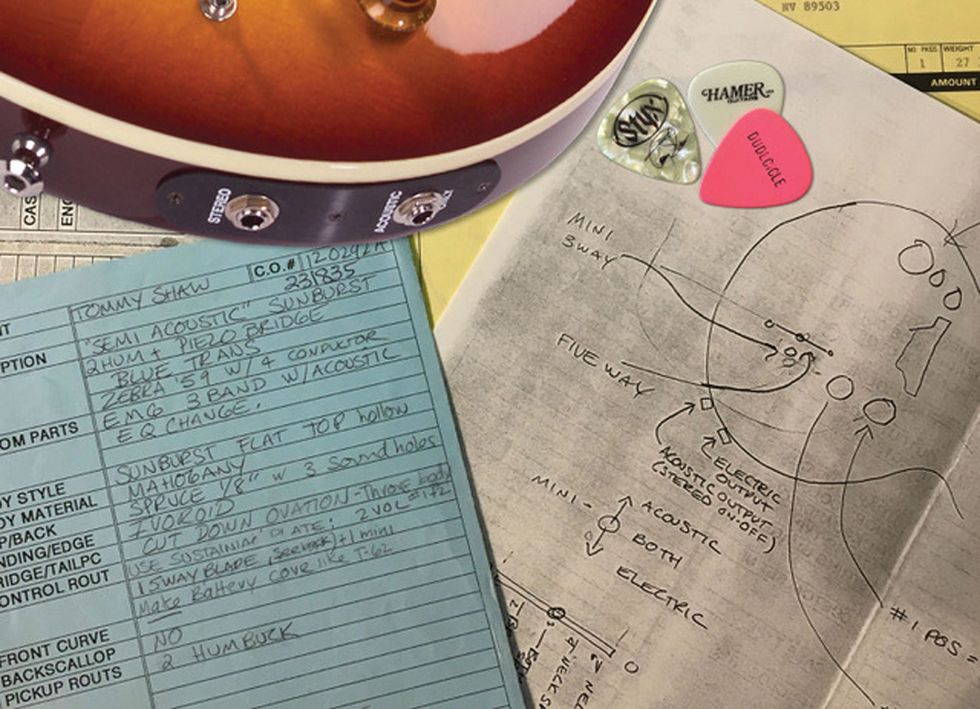




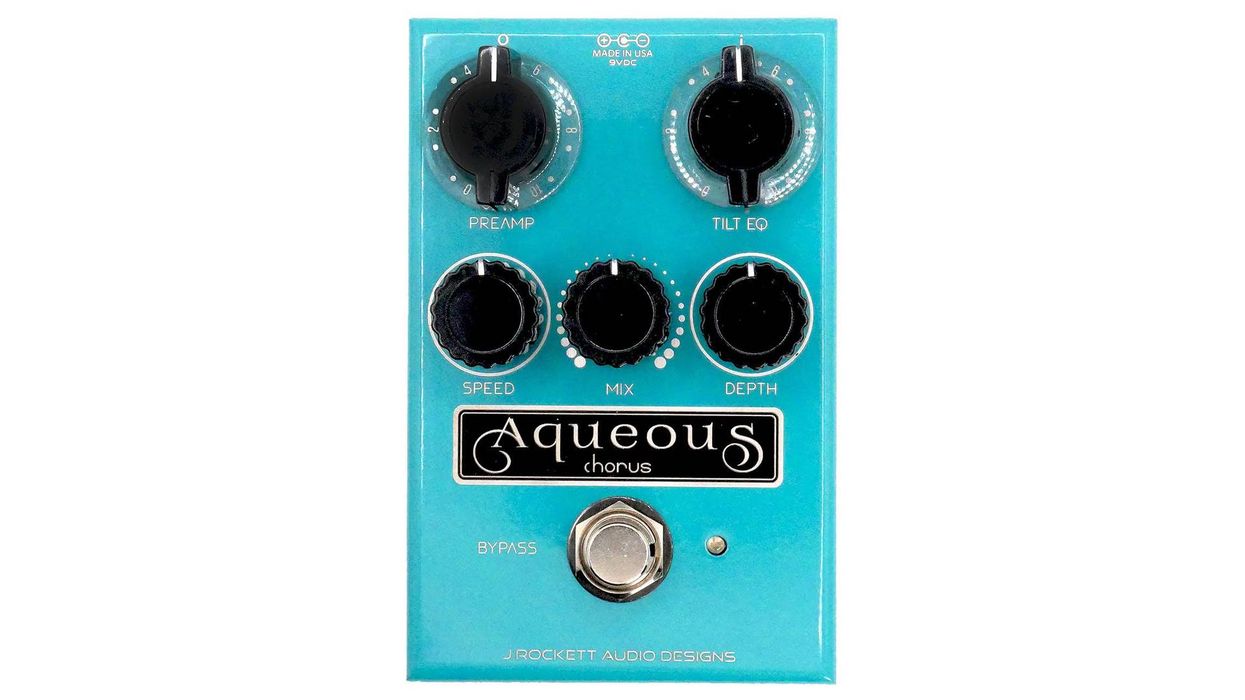

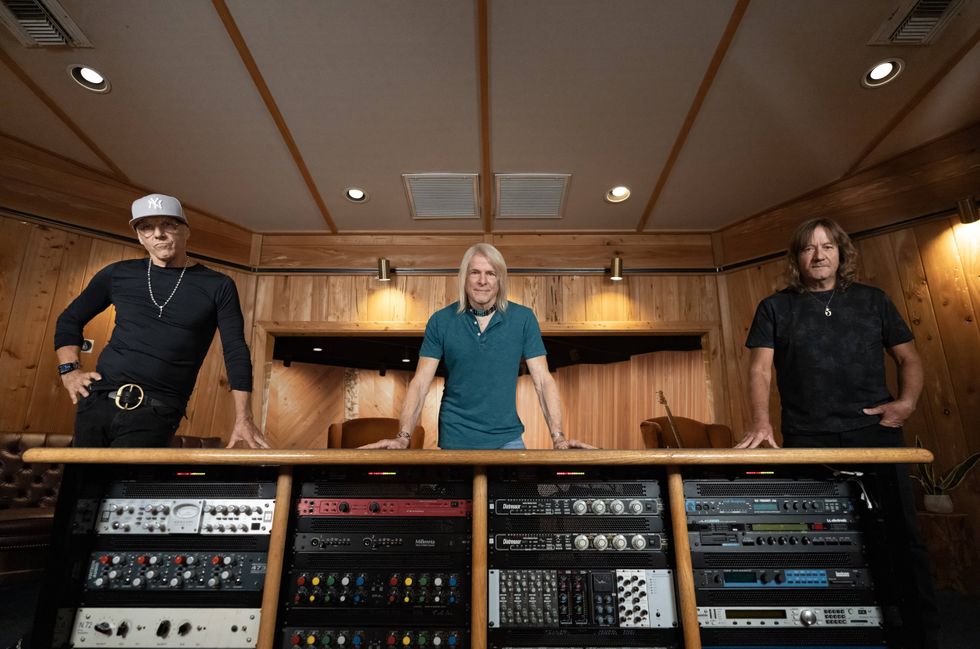
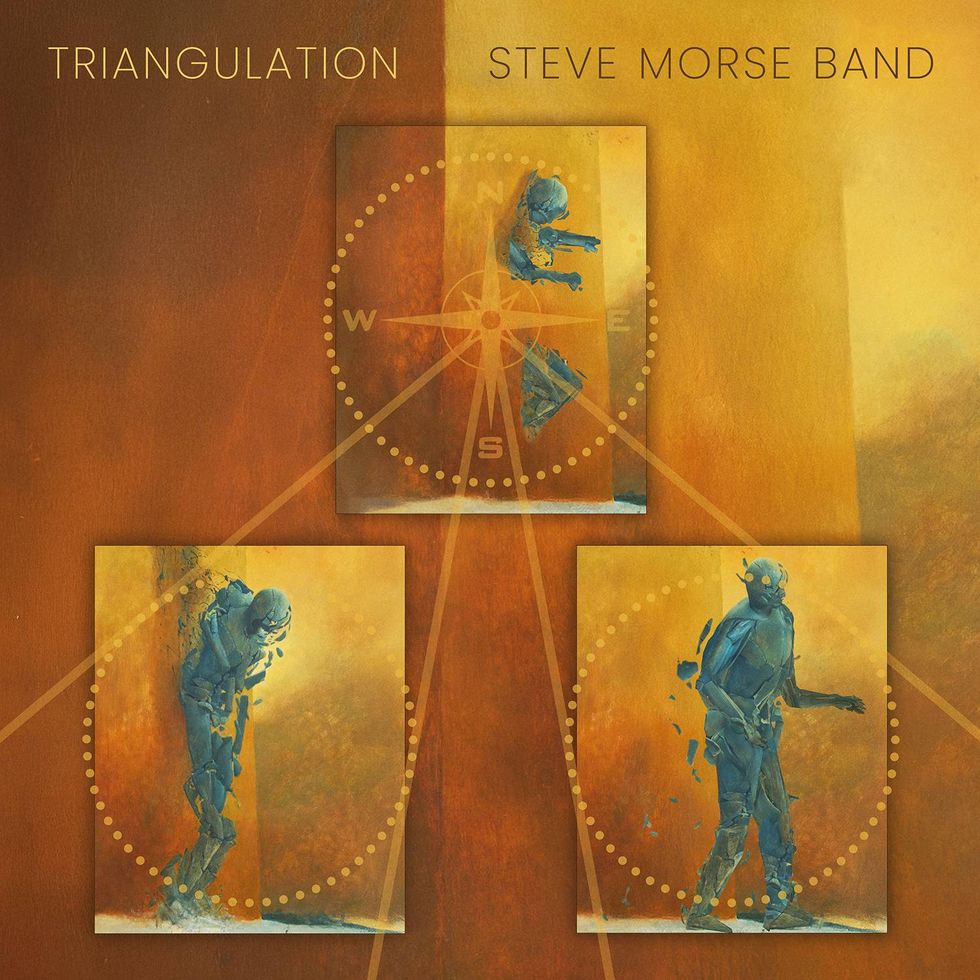
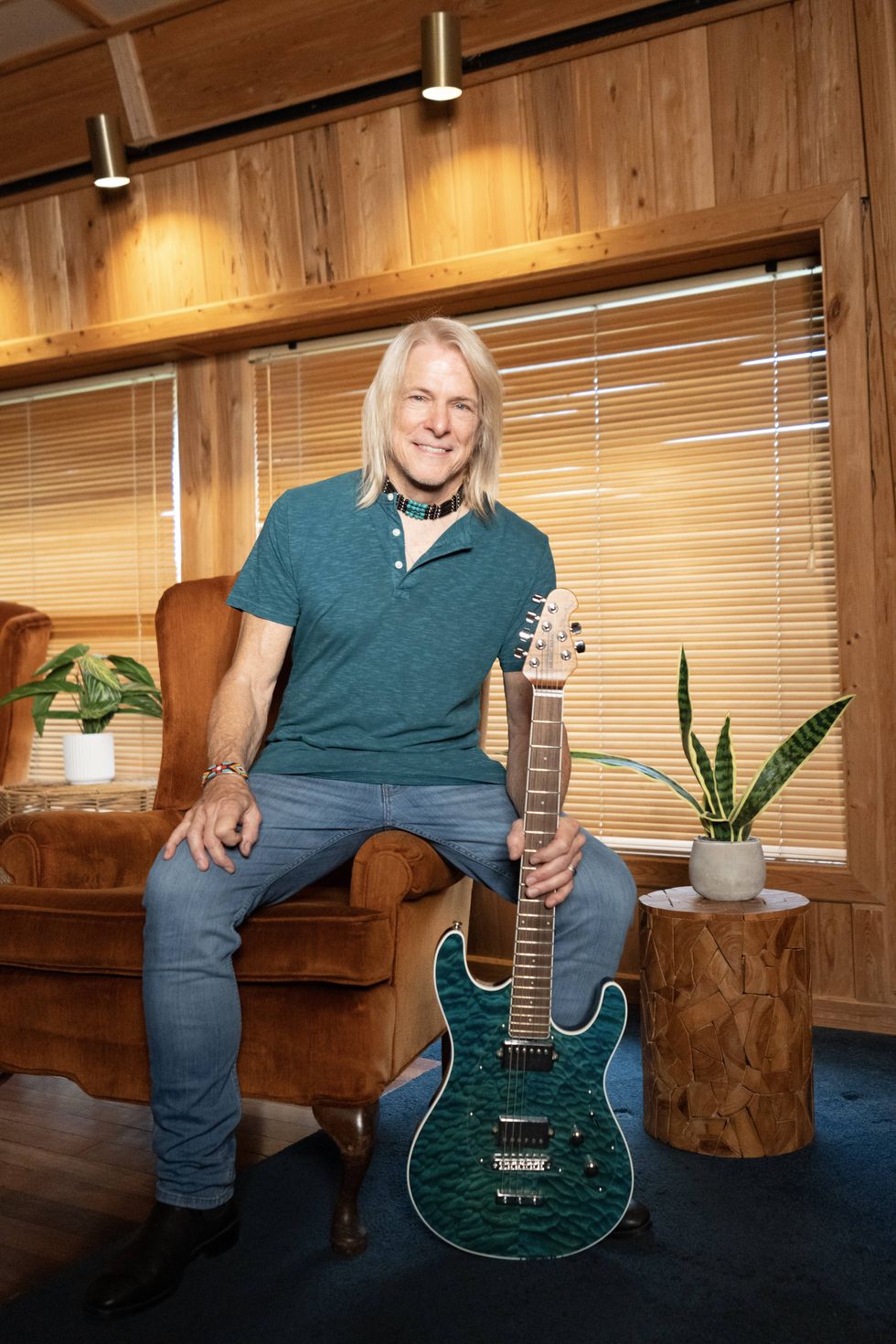





![Rig Rundown: Russian Circles’ Mike Sullivan [2025]](https://www.premierguitar.com/media-library/youtube.jpg?id=62303631&width=1245&height=700&quality=70&coordinates=0%2C0%2C0%2C0)


